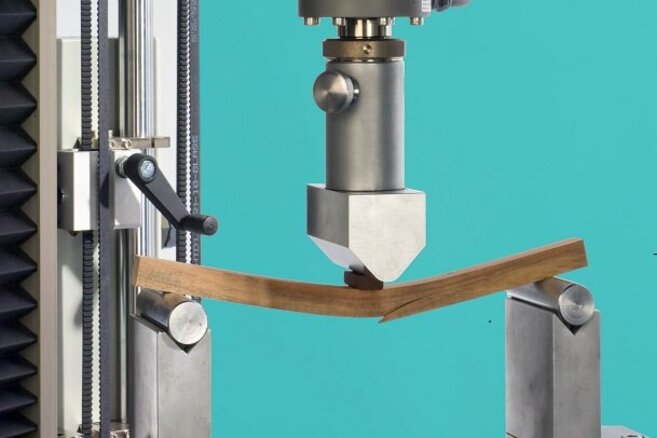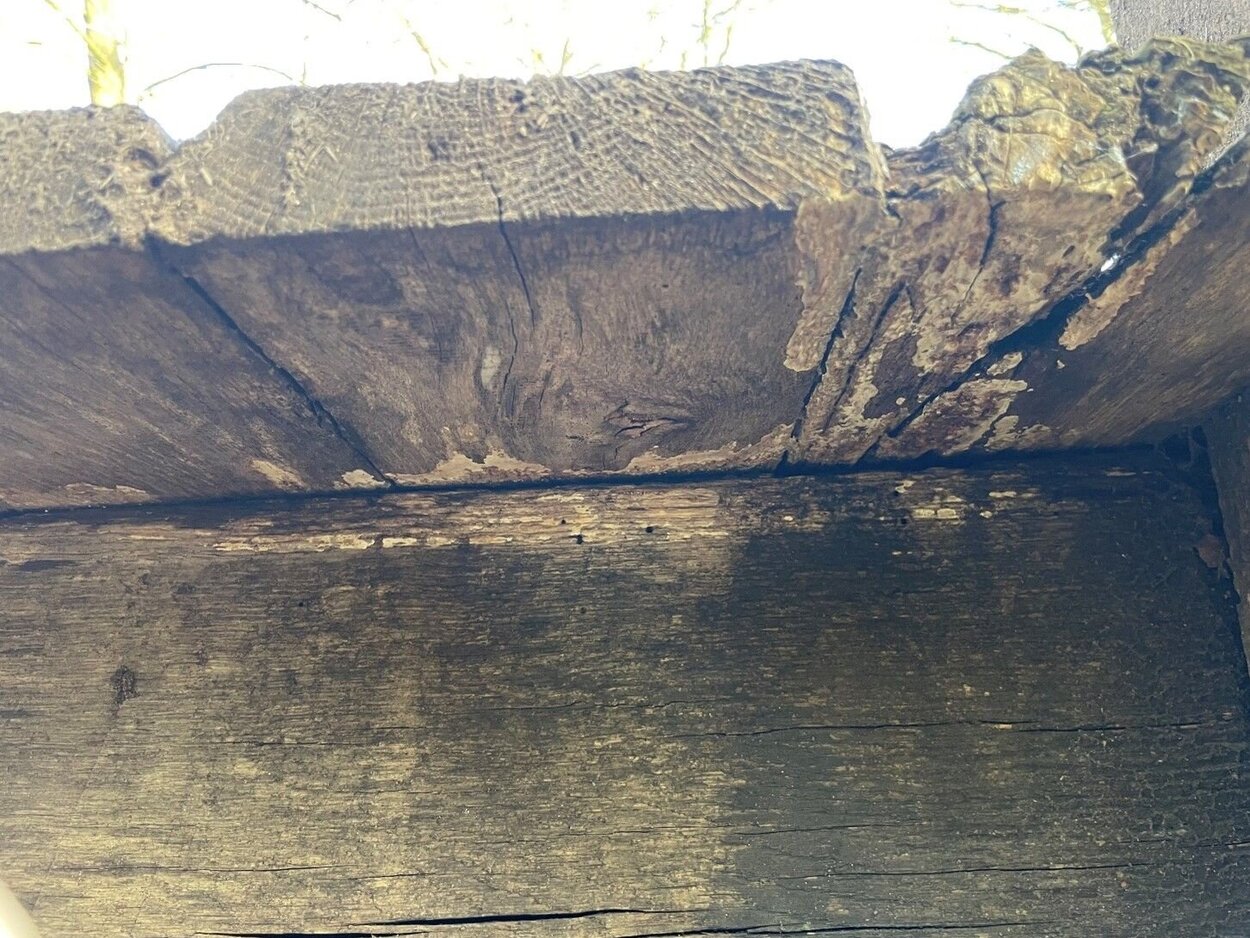Wood decay fungi and bacteria play a crucial role in natural ecosystems as they are responsible for the degradation of lignocellulosic material in the nutrient cycle. However, their activity poses a major challenge to the durability of wood and has implications for the use of wood as a building material. This review article addresses the diversity of microorganisms damaging timber used indoors and outdoors. In addition, traditional and advanced methods for identifying microorganisms are discussed, with a focus on DNA-based sequencing methods, the importance of which has increased massively in recent years. In addition, an overview of the different types of wood protection is given, from constructive wood protection to chemical wood preservation and wood modification processes. It is shown how important it is to combine an ecological understanding of the wood-decomposing organisms, their precise identification and innovative wood protection measures in order to achieve a long-term and thus resource-efficient use of wood.
Applied Microbiology and Biotechnology (2025) 109:59
Contact:
Link to publication:
https://doi.org/10.1007/s00253-025-13443-z








